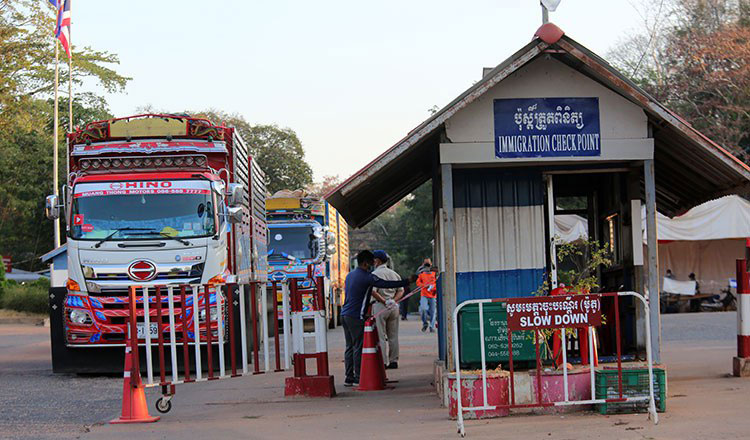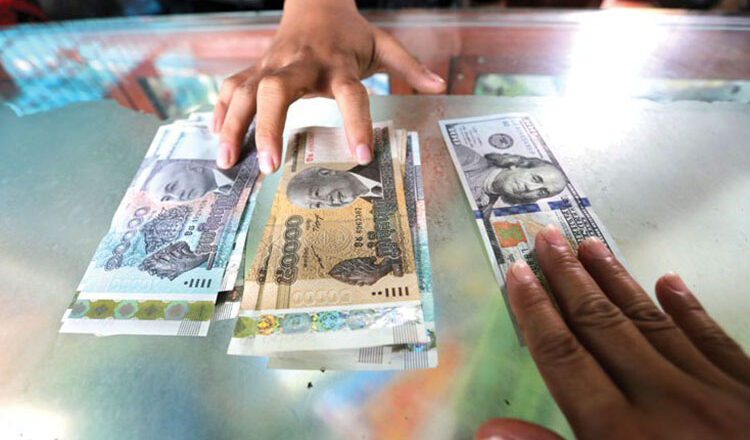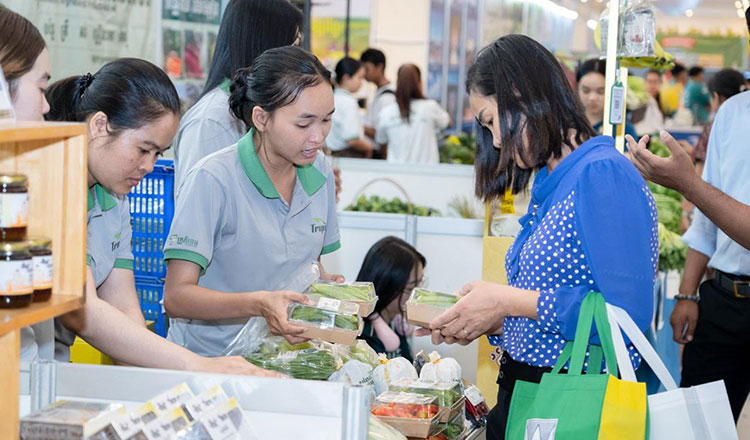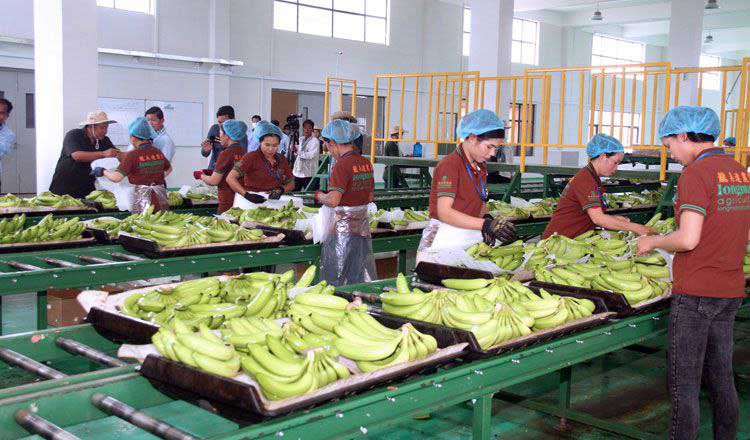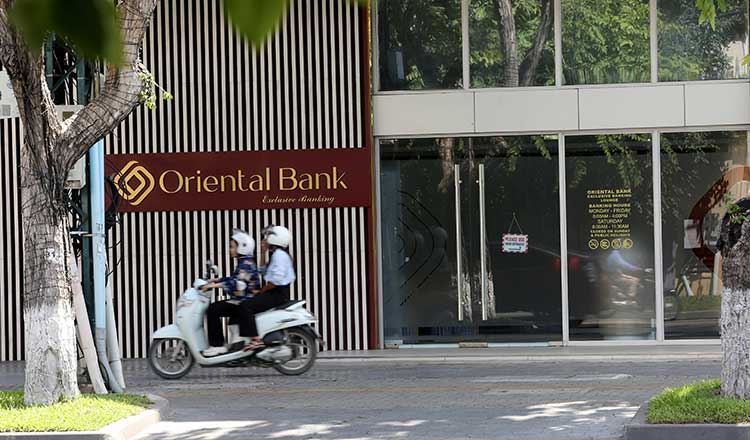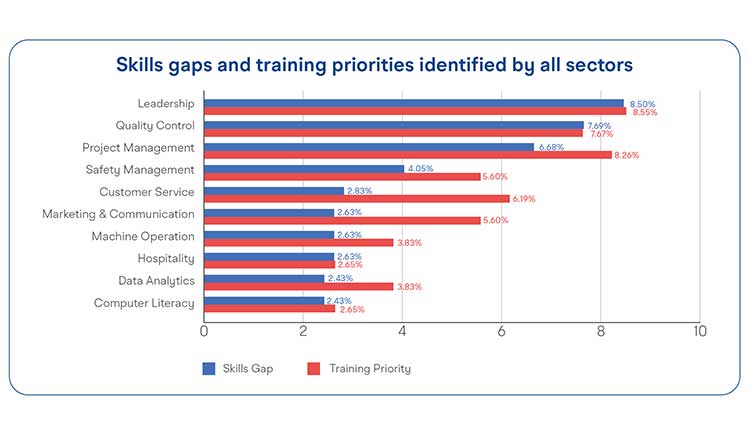OECD-FAO forecast shows rice exports by Cambodia and Myanmar skyrocketing over the coming decade
OECD-FAO forecast shows rice exports by Cambodia and Myanmar skyrocketing over the coming decade
According to the Organisation of Economic Cooperation and Development (OECD) and the Food and Agriculture Organisation of the United Nations (FAO), global rice output is projected to grow by 11 percent over the next 10 years to reach 587 million tonnes in 2033.
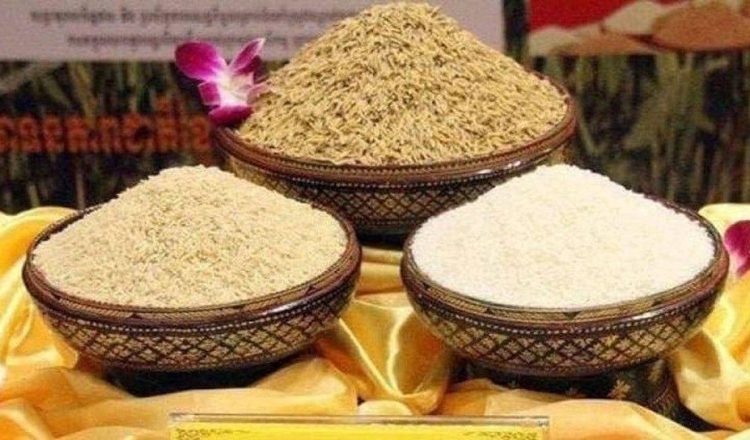
The OECD-FAO Agricultural Outlook for 2024-2033, released simultaneously in Paris and Rome on Tuesday, says the increase from current levels is expected to be driven by better yields.
Production expansions in Asian countries, which account for the bulk of global rice output, are expected to be robust,” it says.
The sharpest growth is expected in India, which is forecast to overtake China to become the world’s largest rice producer by 2033. China is projected to rank second, followed by Indonesia, Thailand, and Vietnam.
In terms of exports, rice shipments from South and Southeast Asia are projected to grow at an annual pace of 2.8 percent over the coming decade , allowing the region’s share in global exports to expand to 86 percent.
“More than half of the growth in rice exports is attributed to (least developed countries) such as Myanmar and Cambodia with a further 25 percent coming from Thailand and 12 percent from Vietnam,” the outlook says.
Cambodia and Myanmar “are projected to register strong export expansion, with their rice shipments collectively increasing by 146 percent from 4.3 million tonnes in the base period to 10.5 million tonnes by 2033 amid expectations that large exportable supplies will allow these countries to capture a greater share of Asian and African markets.”
On prices, the outlook notes that global wheat and corn prices continued falling last year after hitting near-record and record highs in 2022 following Russia’s military offensive into Ukraine.
“In contrast, 2023 proved more tumultuous for the global rice market,” it says.
“International rice prices soared to a 15-year peak, spurred initially by apprehensions regarding the adverse production effects of El Niño and by a step-up of export restrictions by India in July and August 2023.
“Since then, further price increases have been averted by signs that the actual impact of El Niño on global rice production would be less severe than expected, combined with sizeable exceptions to export restrictions approved by India and a step-up of shipments by other exporters.
“Nevertheless, reflective of the lingering uncertainties surrounding trade policies and weather conditions, in March 2024, international rice prices remained high and about 14 percent above their year-earlier levels.”
The outlook finds that the “increasingly significant rice export roles” of Cambodia and Myanmar — along with Pakistan — reflect a reaction to India’s restrictions on exports last year.
“These restrictions are assumed to remain in place throughout the projection period, but their effects are assumed to be partly mitigated by exceptions approved by the Indian Government since instituting them on food security grounds,” it says.
The outlook notes a “substantial share” of South and Southeast Asia’s trade in agricultural commodities occurs within the region.
But “the combination of disruptions to major shipping routes such as water level constraints in the Panama Canal and the conflict in the Red Sea that is affecting transit through the Suez Canal is a major risk,” it says.
“While the conflict remains, trade from Southeast Asia into Europe and North Africa will have to reroute away from Suez Canal around the Cape, adding time and costs to shipping that can disrupt supply chains.”


